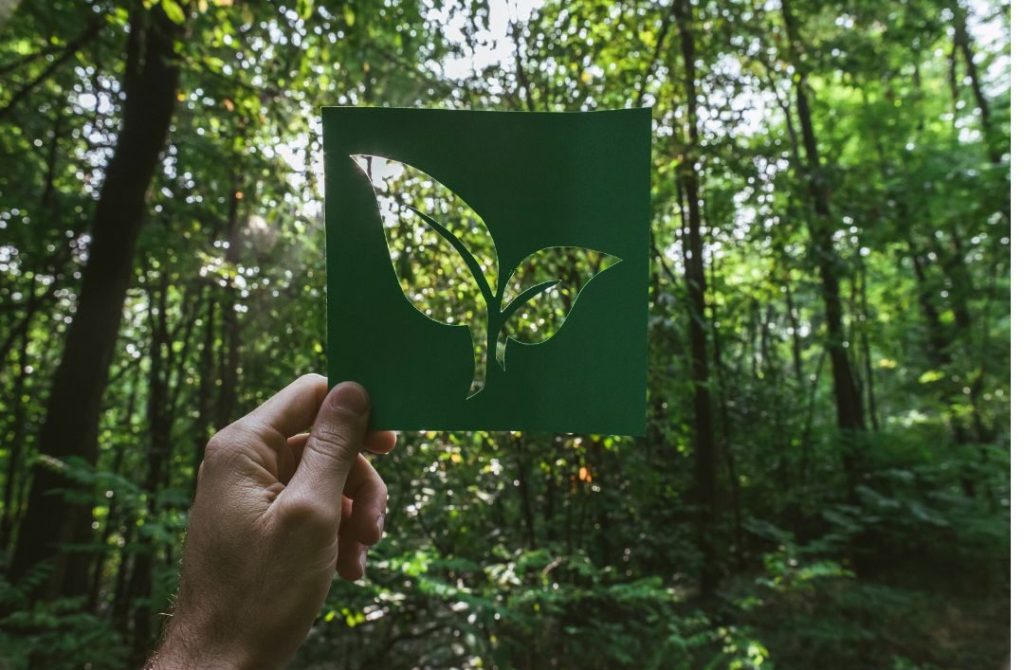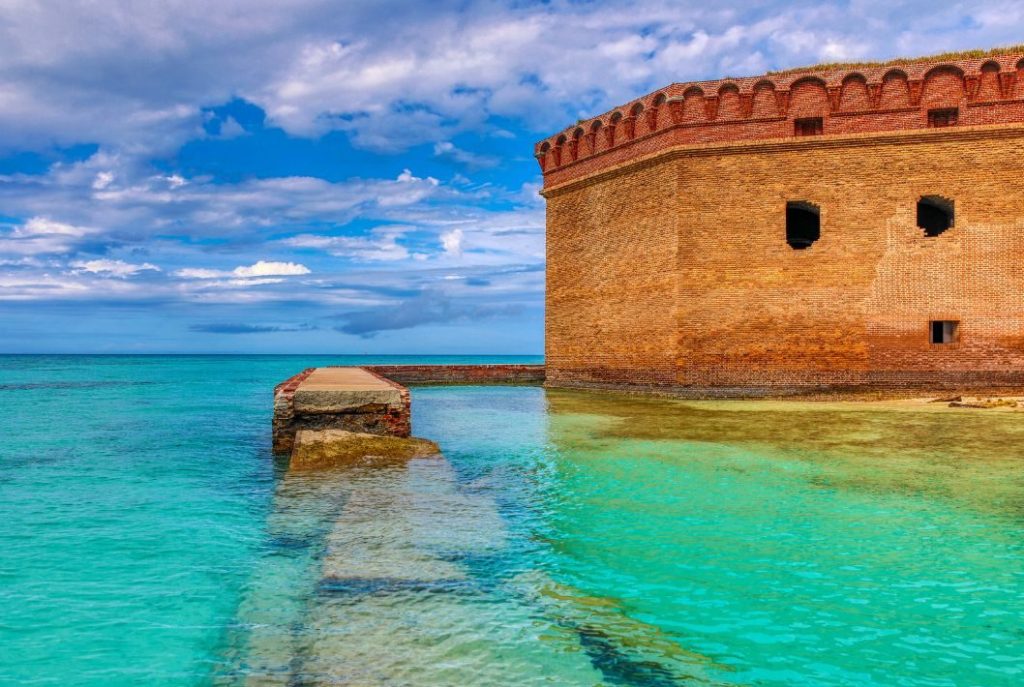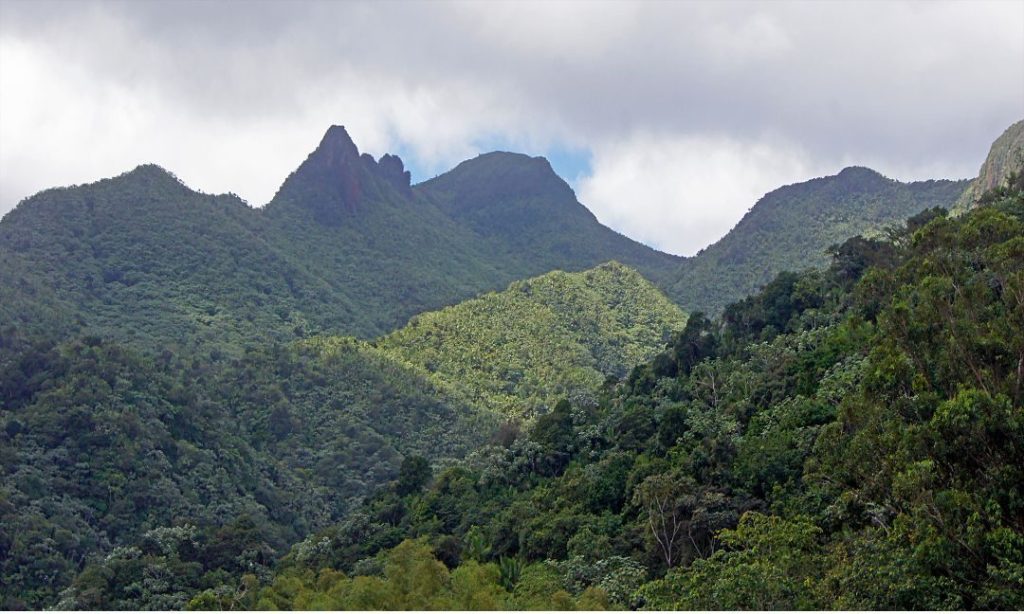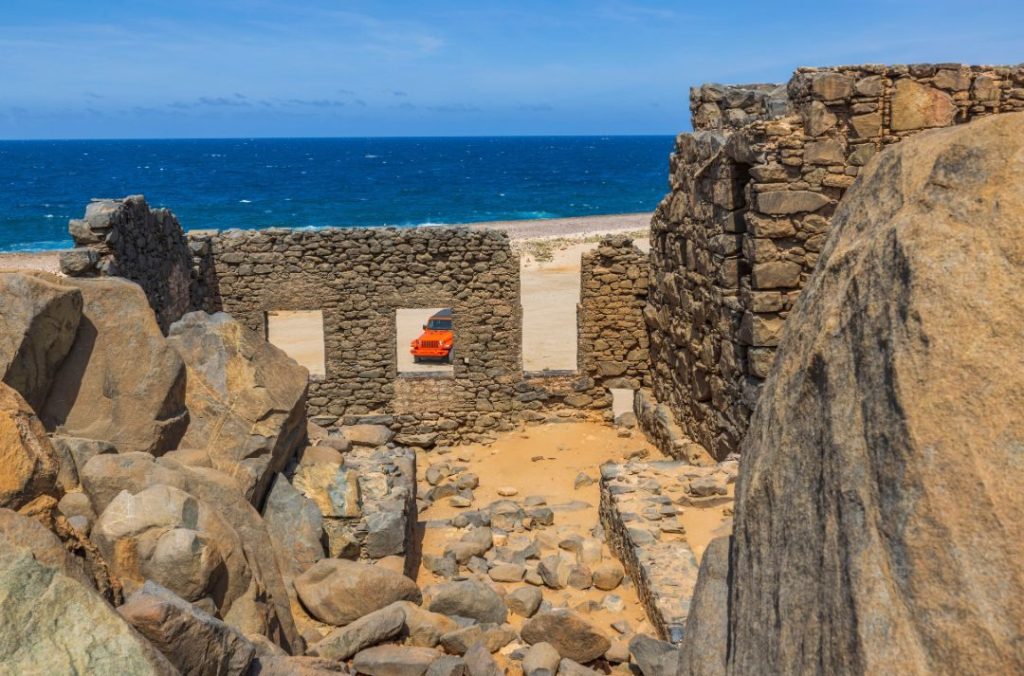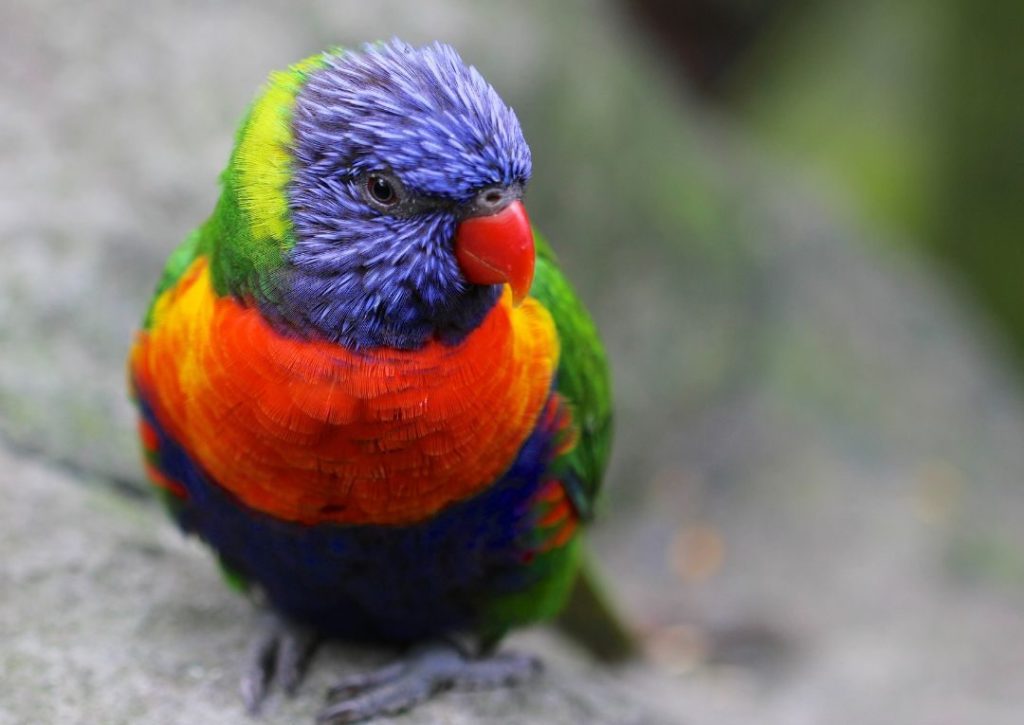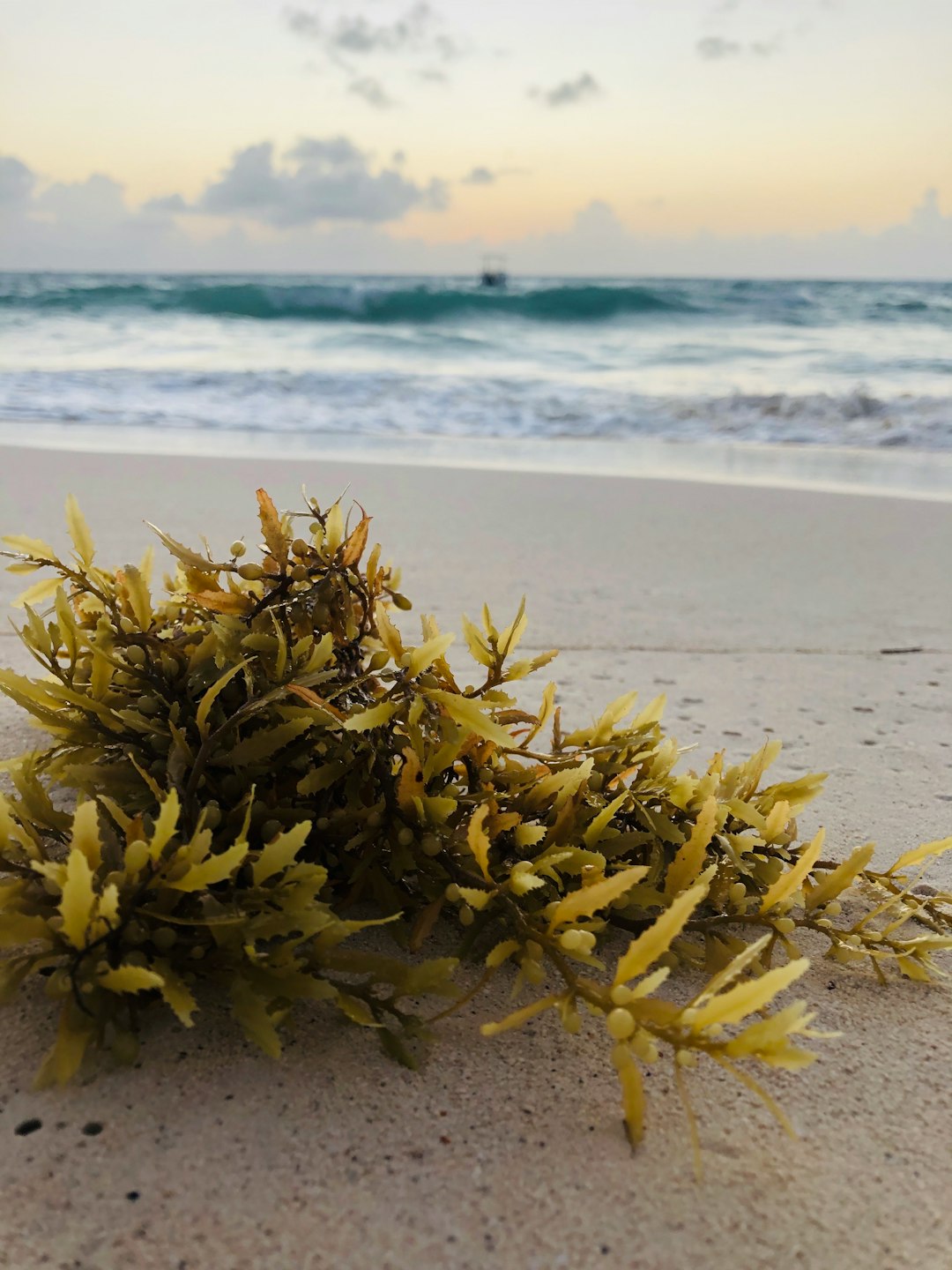Caribbean National Parks – Discover Their Secret Treasures
Imagine stepping into a world of limitless, Technicolor blues and sun-drenched, multihued shores where nothing appears contrived. The Caribbean is no weekend fix; in fact, a short vacation hardly scratches the surface of its untamed, wild pulse. It’s a question of surrendering to nature that is wild, a paradise of jungle-like dimensions where secret treasures offer unadulterated, unmasked beauty rather than the predictable, crowded beaches.
It’s a little bit like wandering into a crazy, zany open-air show. You’re walking along under twisted, ancient trees that might at any second spring an unexpected encounter with some curious creature on you, and then you see coral bursting in vibrant, almost outrageous bursts of color underwater. You might be walking along a sunny trail when, suddenly, you find yourself face-to-face with a reef that seems to smile, quietly echoing stories of the earliest indigenous folk and even whispers of a colonial past.
Adventure doesn’t always herald its approach—at times, it sneaks up. You start out half on impulse, your feet taking a familiar trail through thin woodlands, until you come upon a tiny, shimmering pool that’s almost asking to have you in for a swim. A leisurely stroll with no destination in mind can soon transform into an unplanned excursion in which past and present intersect in a relaxed, unforeseen tryst.
What to Expect
So, what exactly do these parks offer? Think of them more like sprawling canvases where nature freely splashes its finest work: a mix of untouched shores, rainforests that meander without hurry, soft green hills that roll on, and seascapes painted in layers of deep, resonant colors. There’s nothing textbook about this—a living mosaic of stories, each park unfolding like a kaleidoscope with surprises popping up in the most unpredicted ways.
History itself seems to whisper in the leaves. You might stumble upon weathered native settlements or the crumbling vestiges of colonial fortresses, with a hint of Taino legacy and echoes of complex, bygone eras threaded throughout. These vestiges almost seem stitched into the thick foliage, as if the earth clings to every faded recollection.
Going here is not a race or a spectacle—it takes its own sweet time. For the most part, these oases not only save threatened species, they save ancient cultures in a low-profile, almost unassuming way. Visitors tread softly, knowing that every slow pace brings back nature’s enchantment and the murmurs of yesterday to plain sight.
You might first think of endless sheets of sun-baked water and smooth, silken sands. But scratch the surface of that first glossy impression, and something deeper begins to reveal itself. Hidden behind serpentine mangrove channels or in a secluded bay, each park has its own little secret, murmuring that these islands are far more complicated and multilayered than at first they seem.
Head beneath the Caribbean Sea and you’ll find the magic isn’t confined to dry land. Along the seabed, corals unfurl like hand-stitched quilts, luring divers and snorkelers with bursts of color from darting fish and drifting turtles. Even along the shoreline, secrets abound—whether it’s the gentle curve of a beach, a dense forest hideaway, or whimsically shaped rocks that almost seem to smirk at you, every scene offers an unexpected twist.
For the adventurous, there are winding paths that twist and turn through maze-like orchards waiting to be explored. Picture tiny trails opening suddenly into broad, sweeping views, or a hidden waterfall spilling into a crystal pool when you least anticipate it. Even a peaceful moment of bird-watching can be interrupted by an explosion of unexpected color overhead—as if the world is always holding one more little surprise in store. And it is not just a matter of what the eye can perceive; there is also a gentle echo of ancient cultures. There are parks that adhere to worn petroglyphs or the indistinct outlines of abandoned settlements where native traditions and colonial influence once mixed in strange, persistent ways. Such remnants speckle the landscape like family secrets whispered discreetly by the trees. Not everything must be embalmed in time. Instead, each step yields its own messy, errant story—nature subtly beckoning you to a secret narrative. Green is not a color; it’s the heartbeat of the past, a low drone sticking to residues of dirty memories from the ones who centuries ago called this place home. When you tread these old trails, you’re not so much walking into nature as you are walking into stories that slowly unravel at your feet. Every pause can whisper secrets of the past, lying quietly in the volcanic, fertile soil. Even a faded sign with a renegade typo does not discourage the unbridled beauty of these Caribbean parks; they present a rough, raw greeting that defies neat expectations. Culture seeps into every nook—one moment you’re on a self-guided spontaneous tour, and the next you’re surprised by ancient customs and off-the-beaten-track island crafts. Most often, for these days at least, you’re not just a visitor but part of a morning custom: trading local fruits and handmade souvenirs that pull you into the island’s living, evolving story. And all the while, nature surprises—a synergy of sound and sight that easily lifts your spirits.
Best Caribbean National Parks to Visit
Virgin Islands National Park, U.S. Virgin Islands
On the island of St. John, Virgin Islands National Park is no ordinary park. It twirls between the centuries—a low whisper of the past one moment, then naked, untamed nature the next. Wander off the main trail and you might stumble upon hidden jade niches or quirky leftovers from the past. Hike the trails such as Reef Bay, where the rainforest is so thick it practically blurs reality, and petroglyphs seem to whisper tales of yore. And Trunk Bay, with its underwater trail that snakes through bursting coral gardens—a guaranteed treat for any sea aficionado.
Pigeon Island National Park, St. Lucia
At St. Lucia, Pigeon Island National Park wraps you in a bizarre blend of natural beauty and murmurs of old military life. A onetime fort, its crumbling walls now segue into a laid-back, near-movie-like ambiance. Strolling along twisting and sometimes surprisingly winding trails, you might be near Fort Rodney, where island drama scenery and the boundless blue of the sea playfully tease your mind. Soft sand spots, placid waters, and eroded rock surfaces combine in juxtapositions that alter the mood with every step.
Arikok National Park, Aruba
Arikok National Park covers Aruba in a peculiar mix of thick vegetation and rugged, rocky terrain. The landscape is wild—hidden coastlines and hidden sandy spots appear to emerge by sheer chance. The moment you stray from the beaten tourist paths, little miracles like the Natural Pool and even eerie prehistoric caves materialize, as if by magic. And then there’s the wildlife—a strange Aruban whiptail lizard or a sneaky owl every now and then—that reminds you, in a very human way, that nature is always waiting for the next twist.
Los Haitises National Park, Dominican Republic
In a far-flung corner of the Dominican Republic, Los Haitises National Park is a wild, uncut gem. Twisting waterways and mangrove swamplands create a fragile, sometimes mysterious tapestry of life. Towering limestone cliffs and jagged cave networks, pockmarked with the occasional petroglyph, bear witness to what may have been. A slow boat ride through these winding waterways can leave you in a secluded cove, perfect for an adventurer seeking reflective quiet or a spontaneous burst of discovery.
Christoffel National Park, Curaçao
Christoffel National Park, Curaçao’s largest, is where scenery and adventure surprisingly intersect. Climbing Mount Christoffel can suddenly open up sprawling, rolling views stretching out before you—almost as though the island is revealing its secrets to you. Keep your binoculars ready; you might catch a glimpse of some local fauna—a timid island deer or something equally inconspicuous—inconspicuously co-sharing its habitat in the midst of the wild beauty. A barn owl, secretive as it is, can be seen against the backdrop of the likes of Boka Tabla, where the surf crashes against rocky shores in a near rapturous display. The park itself meanders along at its own speed, mingling old tales with the rough grasp of nature so that every bend or twist brings a small delightful surprise. There’s a sudden, almost mystical appeal in the manner the place folds around you—like a fragment of unplanned adventure falling into place. The island, meanwhile, simply appears to do its own thing, maintaining natural beauty and memories without fuss.
Planning Your National Park Vacation
If you’re venturing out to see a Caribbean park, a bit of advance planning can be particularly valuable. In most cases, a quick look at fees, permits, and those quirky seasonal variations (which vary park to park) is enough to keep you out of trouble later on. Discovering when a park opens – or if it’s likely to close on short notice – spares you any last-minute scrambling, and booking ahead of time generally sorts things out easily.
Sometimes a random walk with an unofficial guide spontaneously inverts your day. You might get into a conversation with a local who whisks you off to some hidden location or leaves you with some bizarre bits of knowledge about the landscape that you’d never otherwise come across. It’s funny how these unplanned detours can transform a humdrum outing into something that feels quasi-redemptive in its own peculiar fashion.
Then, as if the Caribbean had one more trick up its sleeve, you descend into a shimmering underwater realm. Imagine multicolored fish flashing through luminous reefs; each dive seems intended to reveal a concealed wonder that puts even conservation efforts—typically before you’ve had time to appreciate it yourself.
If treading lightly on nature is your style, research tour groups that clearly emphasize eco-tourism. They prefer to mix low-impact travel, comfortable lodging, and small, off-the-beaten-path excursions to make their impact as minimal as possible. Not only does this bring a thoughtful component to your vacation, but it also keeps those gorgeous Caribbean vistas available for future travelers.
It’s not any single person’s job to nurture these lovely spots—it’s a bit more of a community jam session. Locals, tourists, and considerate guests all play their role, often in surprising ways, to help these lush environments flourish. Most ecotours pour funds into the restoration of devastated habitats or subsidize initiatives that gently remind us to be gentle with the planet. Bit by bit, every little thing helps.
Each traveler threads his or her own personal strand into this continually evolving fabric. By walking the trails, by giving wildlife the room it requires, or by collecting those items that lighten nature’s burden, each of these small choices does more than maintain a balance—it fills your adventure with a warm, honest richness (even when things get a little messy).
Even residents get into the act. In conjunction with park authorities, they do their best to honor nature and history alike. By choosing a tastefully designed souvenir, buying locally made keepsakes, or taking a tour with someone intimately familiar with the terrain, you experience the local beat while supporting cultural as well as natural heritage.
Then, you’re off into those secret parks and hidden coves which pepper the Caribbean. Each step matters—even if it’s a bit of a wonky gait. Your choices, whether they lean towards sustainable tourism or just hearing the local voice, build into a continuous conservation story that’s as vibrant as it is unpredictable. And if you’re ever in need of a little inspiration, why not take a look at our free Caribbean Travel Planning Guide? It might just spark your next grand adventure. Your next brilliant journey.
